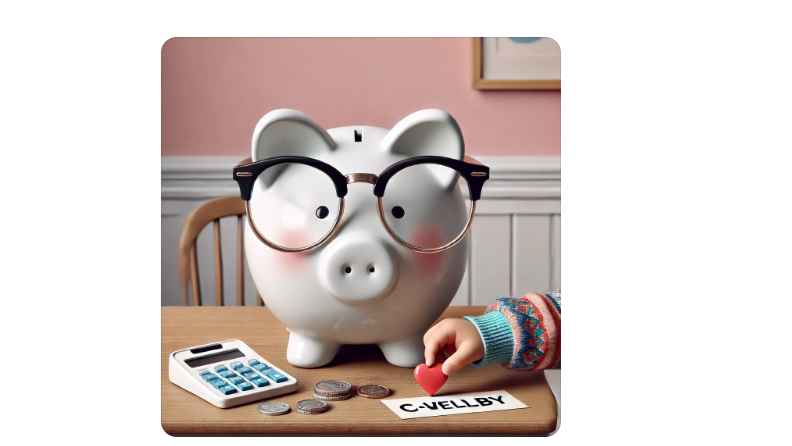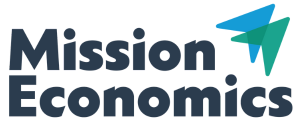
Imagine designing a playground and only accounting for adults. The swings would hang too high, the slides would be too steep, the entire space would be unsuited for the children it’s meant to serve. Absurd? Of course. Yet something remarkably similar happens in economics for children’s policies every day.
Economists have developed sophisticated social value measures for adult outcomes, but left children largely outside the equation.
No longer. If you care about children’s wellbeing (and I’m certain you do) then C-WELLBY provides a way to measure it, value it, and include it in decision-making. The brilliant Isaac Parkes shows how in their LSE discussion paper, published last week.
The missing childhood problem
When deciding which policies deliver the most bang for our buck, the WELLBY (wellbeing-adjusted life year) helps us assign a monetary value to changes in how we feel about our lives. One WELLBY – a one-point improvement on a life satisfaction (scored 0-10) for one year – is currently valued at about £16,500.
Here’s the catch: children under 10 can’t reliably answer the question, ‘Overall, how satisfied are you with your life nowadays?’ underpinning the WELLBY.
Since child wellbeing isn’t easily valued, economists fall back on narrower metrics: the earnings boost a child might get later in life, or taxpayer savings from reduced public service costs.
What about the intrinsic value of children’s welfare now, not just as future economic units? The WELLBY filled holes in how we value adult outcomes, but it left these largely open for younger children.
Enter the C-WELLBY
The term C-WELLBY was first coined by the Department for Education, as they grappled with the missing childhood problem and contracted the LSE to advise them. Building on this, Isaac developed a method to “map” existing measures of child wellbeing – ones that can be asked of younger children – onto the WELLBY scale. Here’s how it works in practice:
Using the happiness scale: Imagine we can improve children’s happiness, measured by the question “Overall, how happy did you feel yesterday?” (scored 0-10). A one-point improvement roughly maps to a 0.55-point improvement in life satisfaction. Applying a £16,500 value per WELLBY, improvements in child happiness are worth an estimated £9,075 per year. For a class of thirty pupils that’s over £270,000.
Using the SDQ: Consider a program that improves child outcomes as measured by the Strengths and Difficulties Questionnaire (SDQ) – a widely-used assessment of emotional health, conduct and behaviour. A two-point decrease in SDQ ‘Total Difficulties’ scores translates to a gain of 0.292 C-WELLBYs, or £4,650 in wellbeing value per child. For context, one-to-one counselling in schools has been found to achieve improvements of this magnitude.
We can see that child wellbeing benefits are substantial even before considering longer-term outcomes like future earnings and savings to the NHS, which are how SDQ improvements have been valued before.
Why this matters
Five years ago, during COVID-19 pandemic planning, even our best wellbeing economists admitted defeat when trying to quantify the impact of school closures on children’s wellbeing. They resorted to a placeholder assumption – the daily benefits of reopening schools equalled the daily public cost of running them. They were clear this wasn’t satisfactory but the problem simply couldn’t be resolved at the time. The C-WELLBY could have changed this equation entirely, and placed a higher value on the benefits of ‘reopening’ schools for children.
Now, think how many other decisions directly or indirectly impact child wellbeing. Think how many of these rely on cost-benefit analysis in business cases and impact assessments. C-WELLBY gives us a missing piece that could place children’s welfare on equal footing with adults.
Call to action
If you care about children’s wellbeing (and I’m sure you do), there are three clear steps forward to weigh this in decision making:
- Measure it: For any program serving children, incorporate validated measures of child wellbeing into your evaluation plans. Ideally, include measures that map to C-WELLBY.
- Value it: Use the LSE method to translate wellbeing improvements into monetary terms.
- Use it: Weigh child wellbeing against the costs of investment with the same rigour required of any cost benefit analysis. Advocate for using your analysis to support decision making.
With Isaac’s contribution we’ve gone beyond C-WELLBY as a theoretical concept – it’s a practical tool for use now. And you will be in great company. The LSE’s contribution received support from a working group, chaired by Sara MacLennan and including Lord Layard and representatives from the Anna Freud Centre, BeeWell, State of Life, the ONS and Pro Bono Economics. It takes time for new methods to permeate but, collectively, the working group believes organisations can start to adopt the C-WELLBY, strengthening the case for investment in children’s lives.


